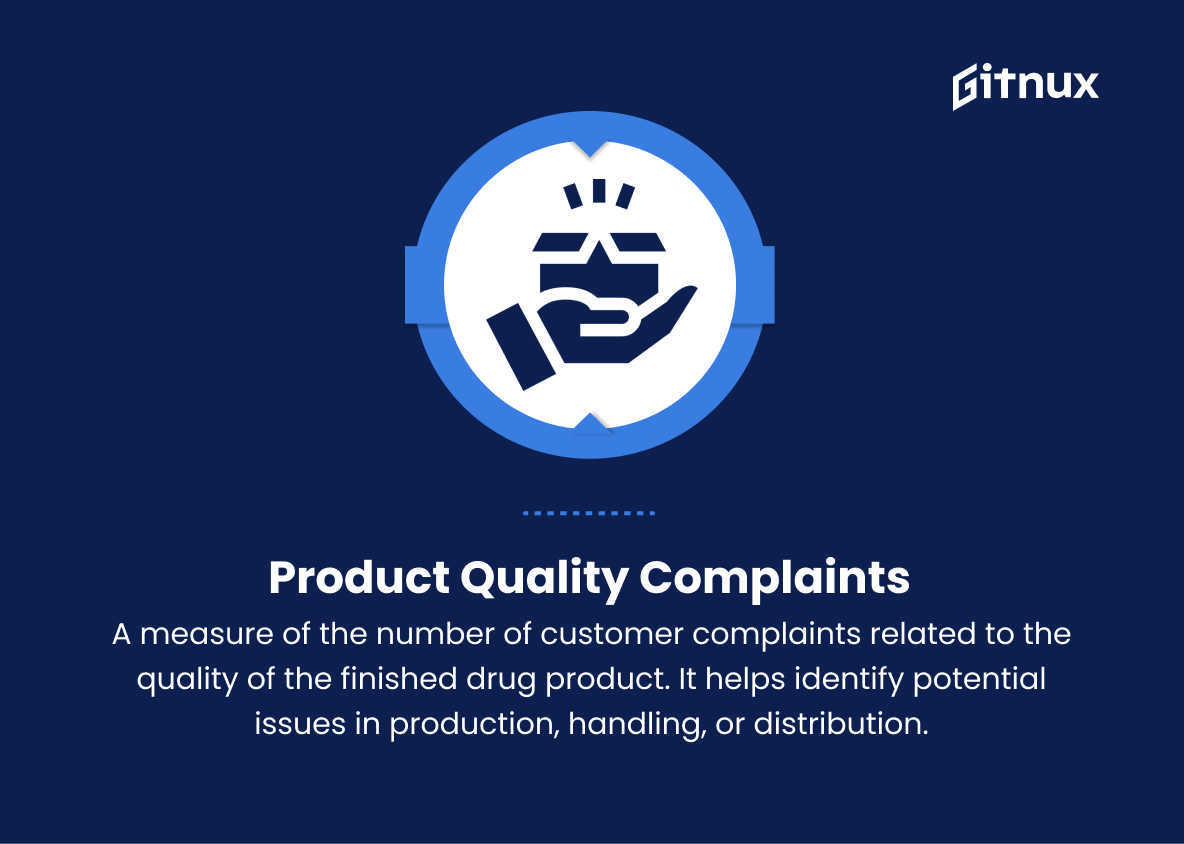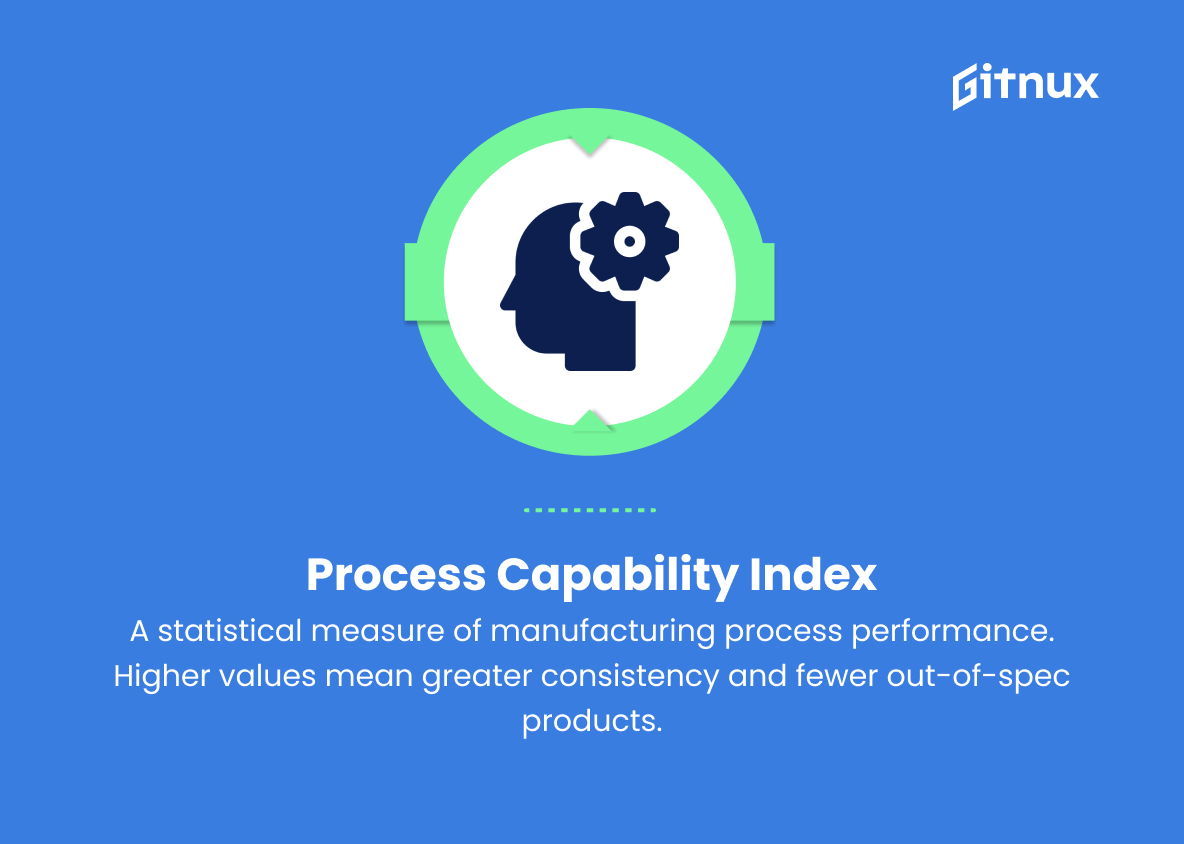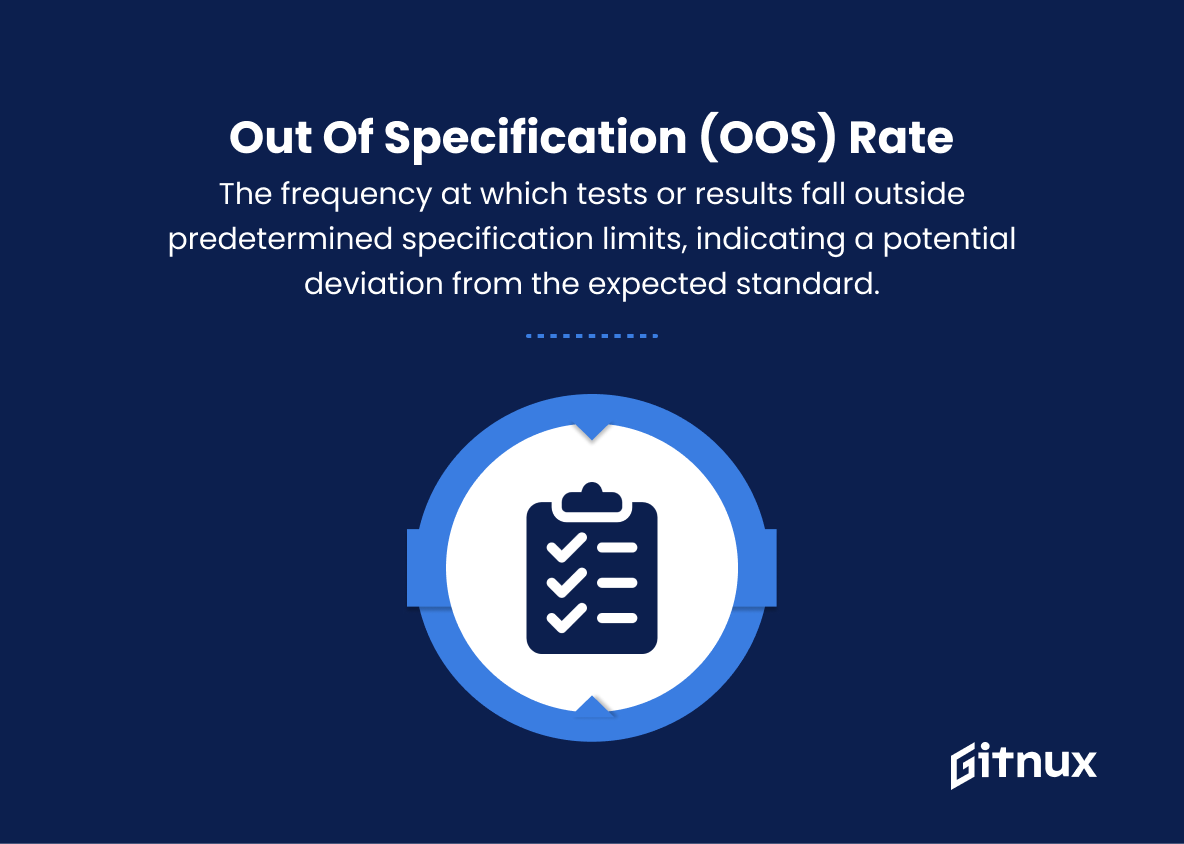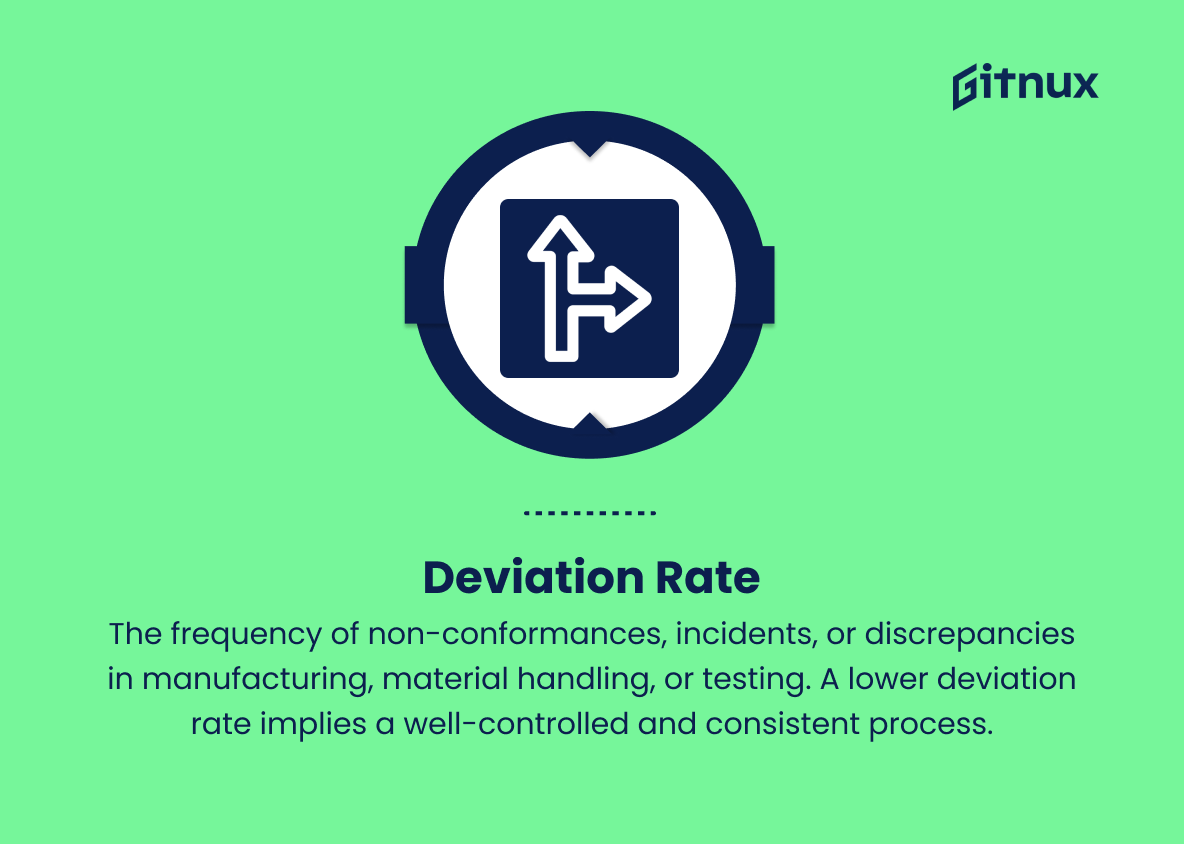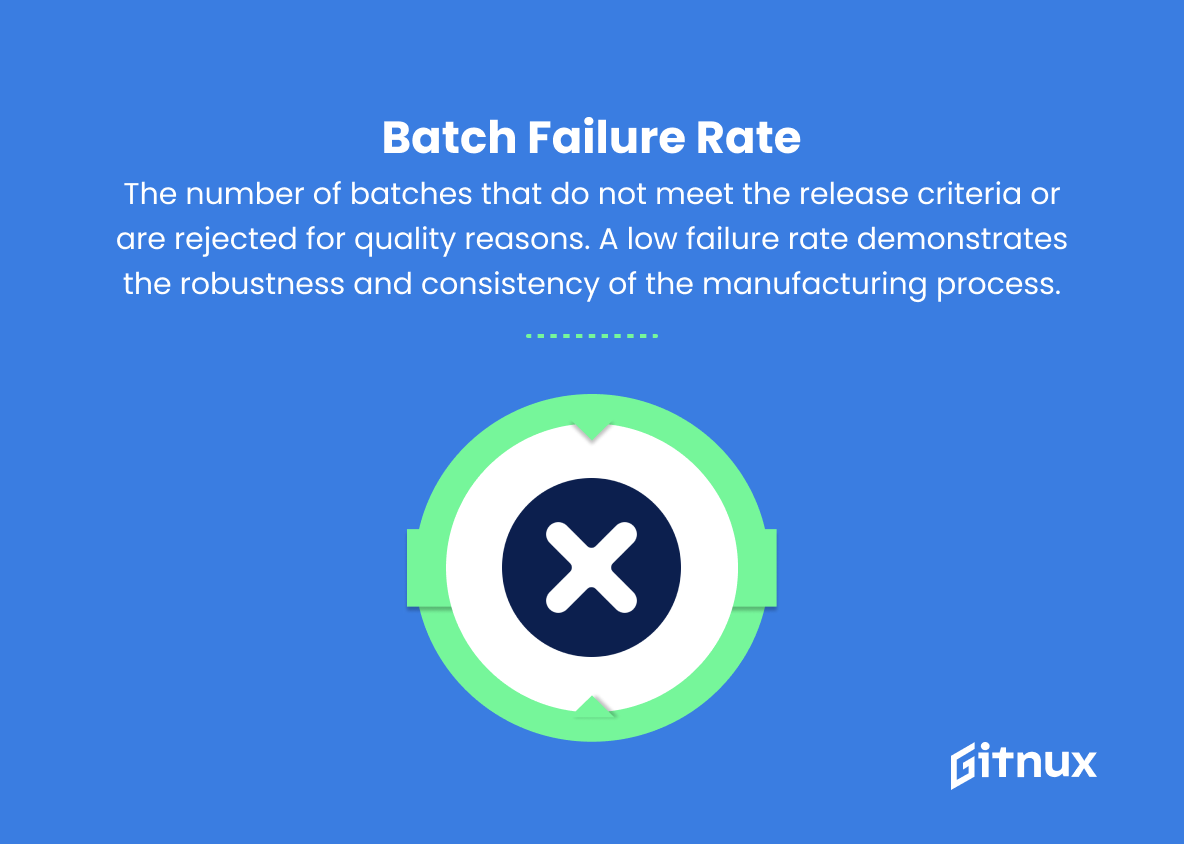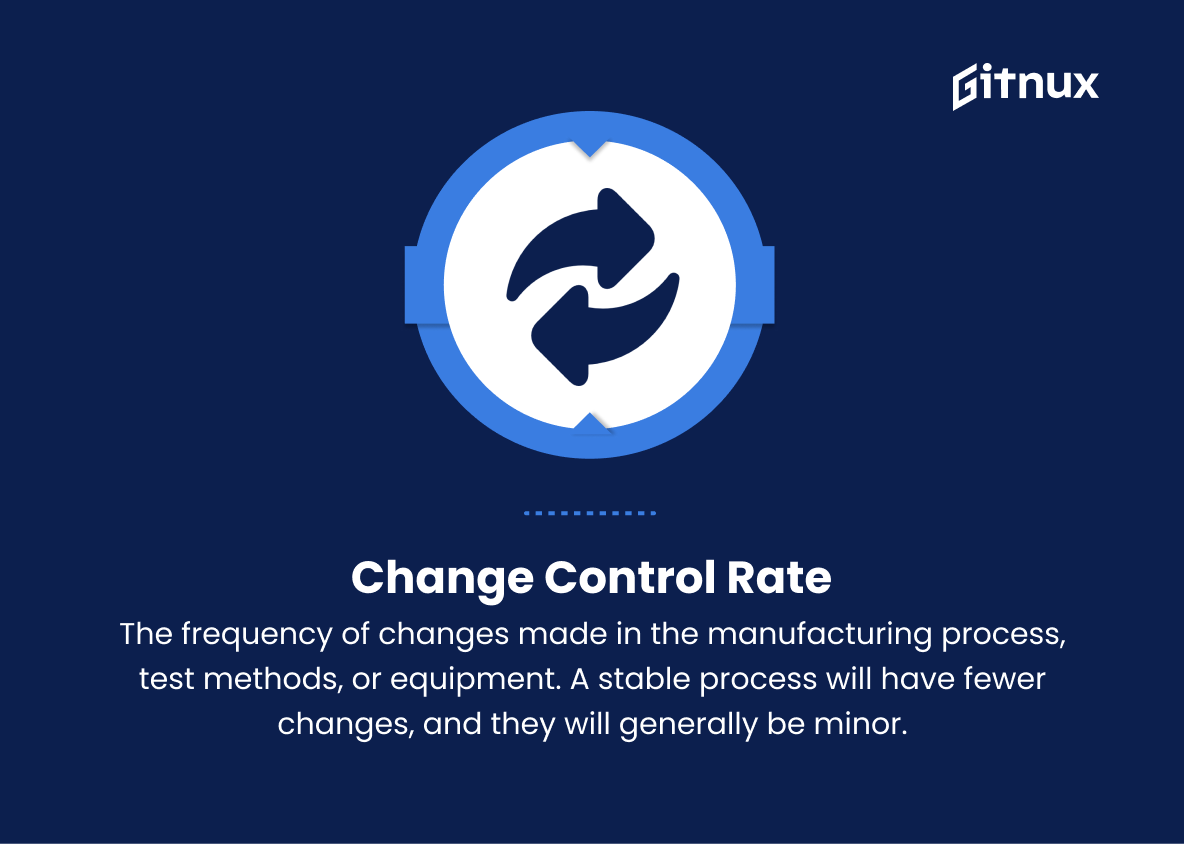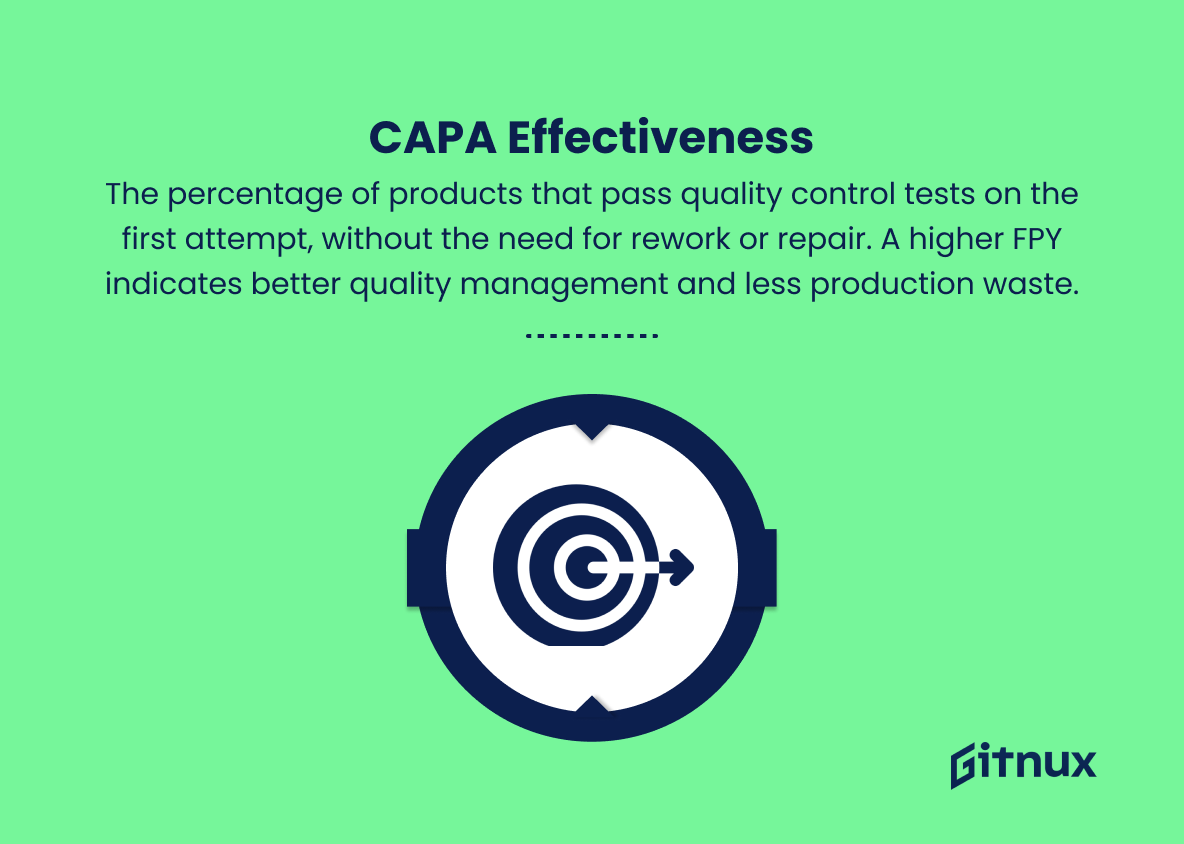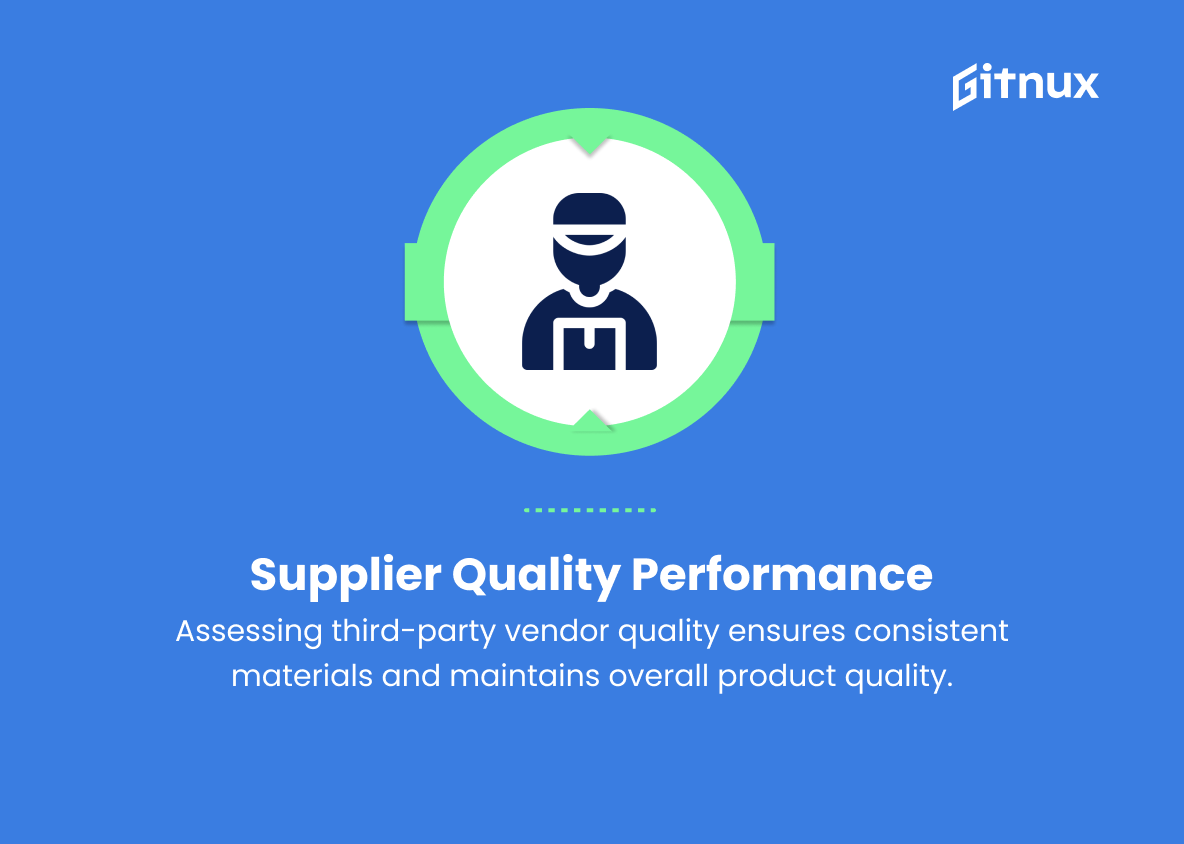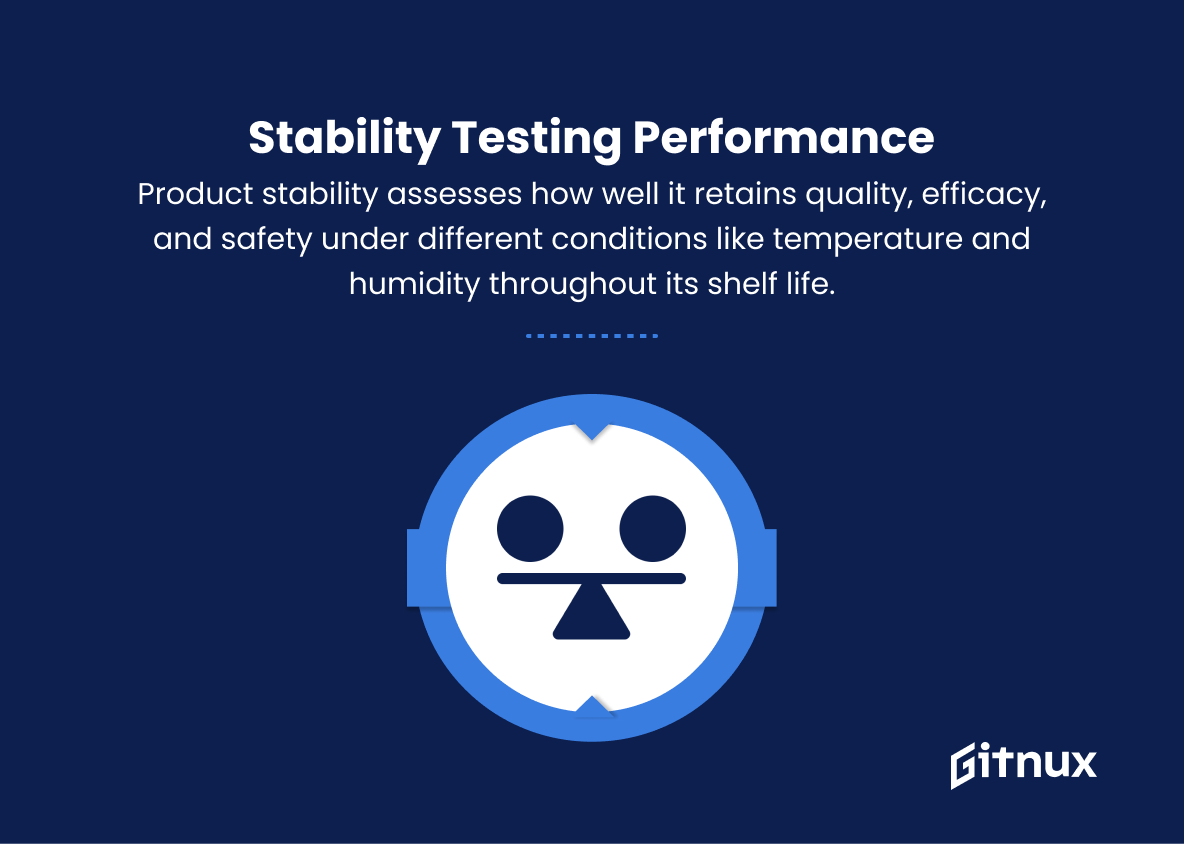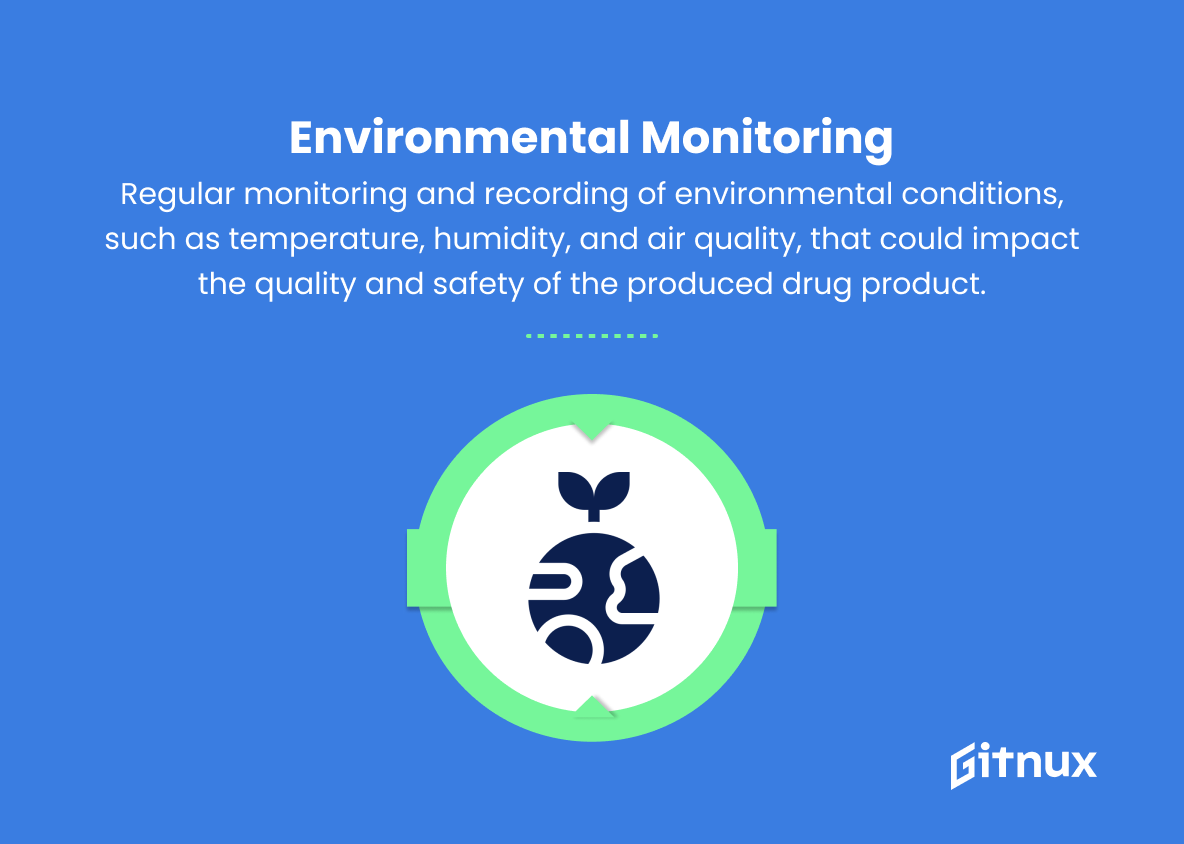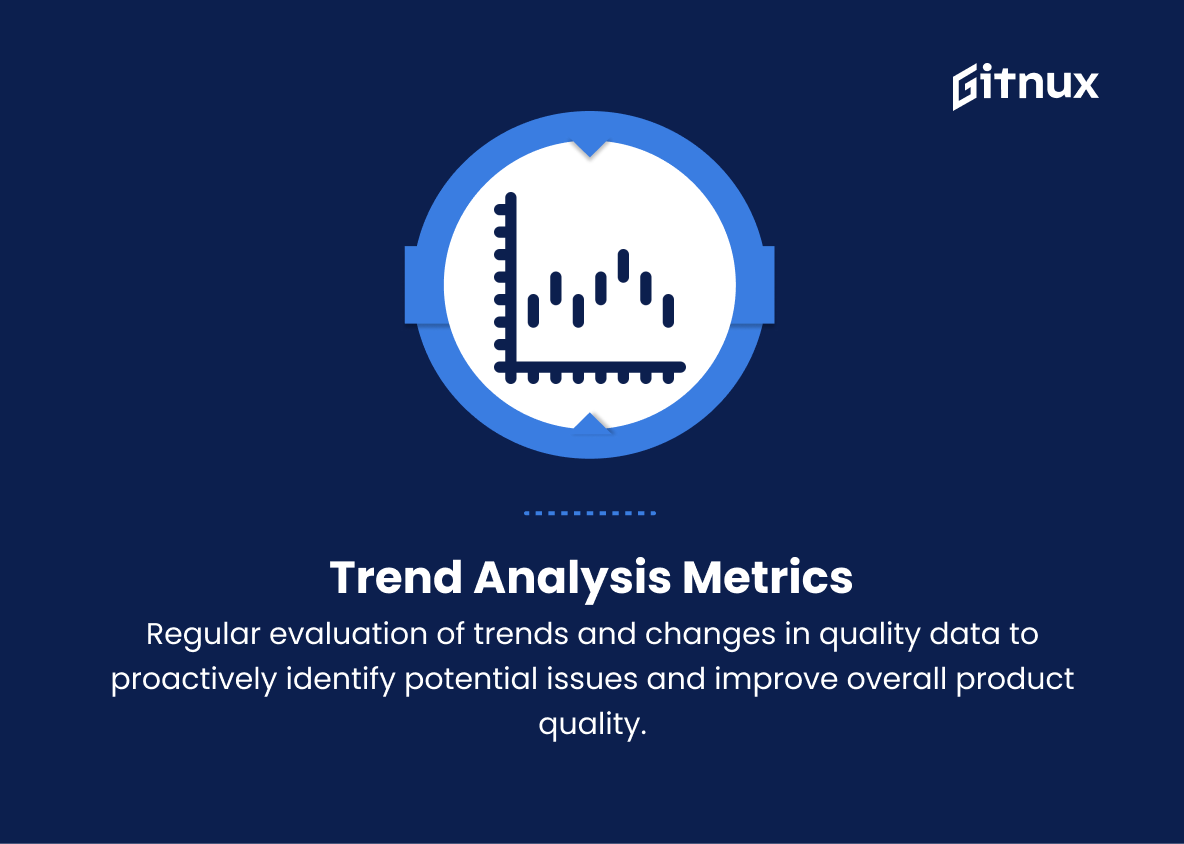In today’s rapidly evolving healthcare landscape, the role of the Food and Drug Administration (FDA) in ensuring the safety, efficacy, and quality of medical products has become increasingly paramount. One critical aspect of this oversight involves the implementation and monitoring of quality metrics within the pharmaceutical industry.
In this blog post, we will delve into the significance of FDA Quality Metrics, its implications for both manufacturers and consumers, as well as the challenges and benefits related to the collection and analysis of such data. Join us as we explore this vital dimension of regulatory compliance, and its impact on shaping the future of healthcare innovation and patient safety.
FDA Quality Metrics You Should Know
1. Product Quality Complaints
A measure of the number of customer complaints related to the quality of the finished drug product. It helps identify potential issues in production, handling, or distribution.
2. Lot Acceptance RaReview (APR)
A comprehensive evaluation of the product’s quality performance, including the review of data regarding the product’s purity, potency, and stability. It helps identify potential trends and areas for improvement.
4. Process Capability Index (Cpk)
A statistical measure of how well a manufacturing process is performing. Higher values indicate a more consistent process that is less likely to produce products outside of the desired specifications.
5. Out of Specification (OOS) Rate
The frequency at which tests or results fall outside predetermined specification limits, indicating a potential deviation from the expected standard.
6. Deviation Rate
The frequency of non-conformances, incidents, or discrepancies in manufacturing, material handling, or testing. A lower deviation rate implies a well-controlled and consistent process.
7. Batch Failure Rate
The number of batches that do not meet the release criteria or are rejected for quality reasons. A low failure rate demonstrates the robustness and consistency of the manufacturing process.
8. Change Control Rate
The frequency of changes made in the manufacturing process, test methods, or equipment. A stable process will have fewer changes, and they will generally be minor.
9. CAPA Effectiveness
A measure of the effectiveness of the Corrective and Preventive Action (CAPA) process in addressing identified quality issues, reducing deviations, and improving product quality.
10. Supplier Quality Performance
An evaluation of the quality of materials and services supplied by third-party vendors. Monitoring supplier quality ensures consistent raw materials and components, helping to maintain the overall quality of the finished product.
11. Stability Testing Performance
A measure of the stability of a product over time under various environmental conditions, such as temperature and humidity. Stable products maintain their quality, efficacy, and safety throughout their shelf life.
12. Training and Certification Metrics
The evaluation of employee training and certification requirements programs, ensuring that employees are knowledgeable and adequately trained to perform their job responsibilities, contributing to the overall quality of the finished product.
13. Environmental Monitoring
Regular monitoring and recording of environmental conditions, such as temperature, humidity, and air quality, that could impact the quality and safety of the produced drug product.
14. Trend Analysis Metrics
Regular evaluation of trends and changes in quality data to proactively identify potential issues and improve overall product quality.
FDA Quality Metrics Explained
FDA Quality Metrics play a crucial role in evaluating the efficiency, effectiveness, and overall quality of drug production processes. Firstly, tracking Product Quality Complaints allows companies to identify potential issues and trends. The Lot Acceptance Rate (LAR) serves as a proxy for product quality consistency, while the Annual Product Review (APR) assesses overall performance. Process Capability Index (Cpk) indicates the stability and reliability of manufacturing processes. Monitoring the Out of Specification (OOS) Rate and Deviation Rate helps companies identify process inconsistencies and execute corrective actions.
The Batch Failure Rate serves as a measure of process robustness, while the Change Control Rate reflects process stability. CAPA Effectiveness is critical for addressing identified issues and improving quality. Supplier Quality Performance ensures the consistency of raw materials and components used in production. Stability Testing Performance assesses the long-term quality and safety of finished products. Training and Certification Metrics, Environmental Monitoring, and Trend Analysis Metrics emphasize the need for well-trained employees, controlled environmental conditions, and proactive improvement strategies, all contributing to the optimal production of safe, effective drugs.
Conclusion
In summary, FDA quality metrics play a crucial role in maintaining the highest standards within the pharmaceutical industry. They not only ensure that products are safe, effective, and reliable but also foster a culture of continuous improvement among manufacturers.
By adhering to these metrics and making data-driven decisions, companies can optimize their processes, reduce potential risks, and ultimately contribute to the greater good of public health. As industry professionals, it is our responsibility to prioritize these metrics and promote transparency in our operations so that we can continue to ensure better health outcomes for patients worldwide.
